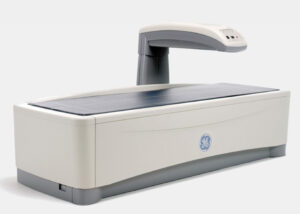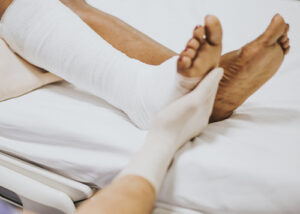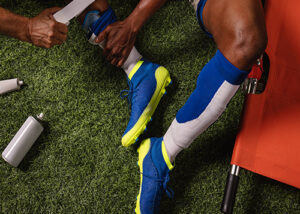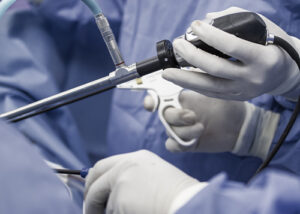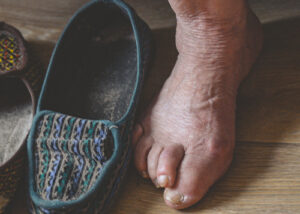After determining the cause and severity of your flatfoot, your provider creates a personalized treatment plan centered around supporting your arches, enhancing mobility, relieving pain, and preventing complications.
To treat your flatfoot, your provider might suggest:
- Walking boot to help your tendon to heal
- Immobilization and rest
- Medications to decrease inflammation and pain
- Losing weight if excess weight is exacerbating your condition
- Physical therapy and specialized stretching to relieve muscle tension
- Custom shoes, inserts, a brace, or other orthotics to give your arch support
Your orthopedic surgeon might recommend surgery to repair damaged tendons and ligaments and correct bone abnormalities. Surgery is usually performed to lengthen or replace tendons, tighten or stretch ligaments, and remove or fuse bones when necessary to help your arch.
Pain from flatfoot can radiate through different areas of your body and cause consistent problems. Don’t just deal with flatfoot, click or call to visit Gardner Orthopedics.




